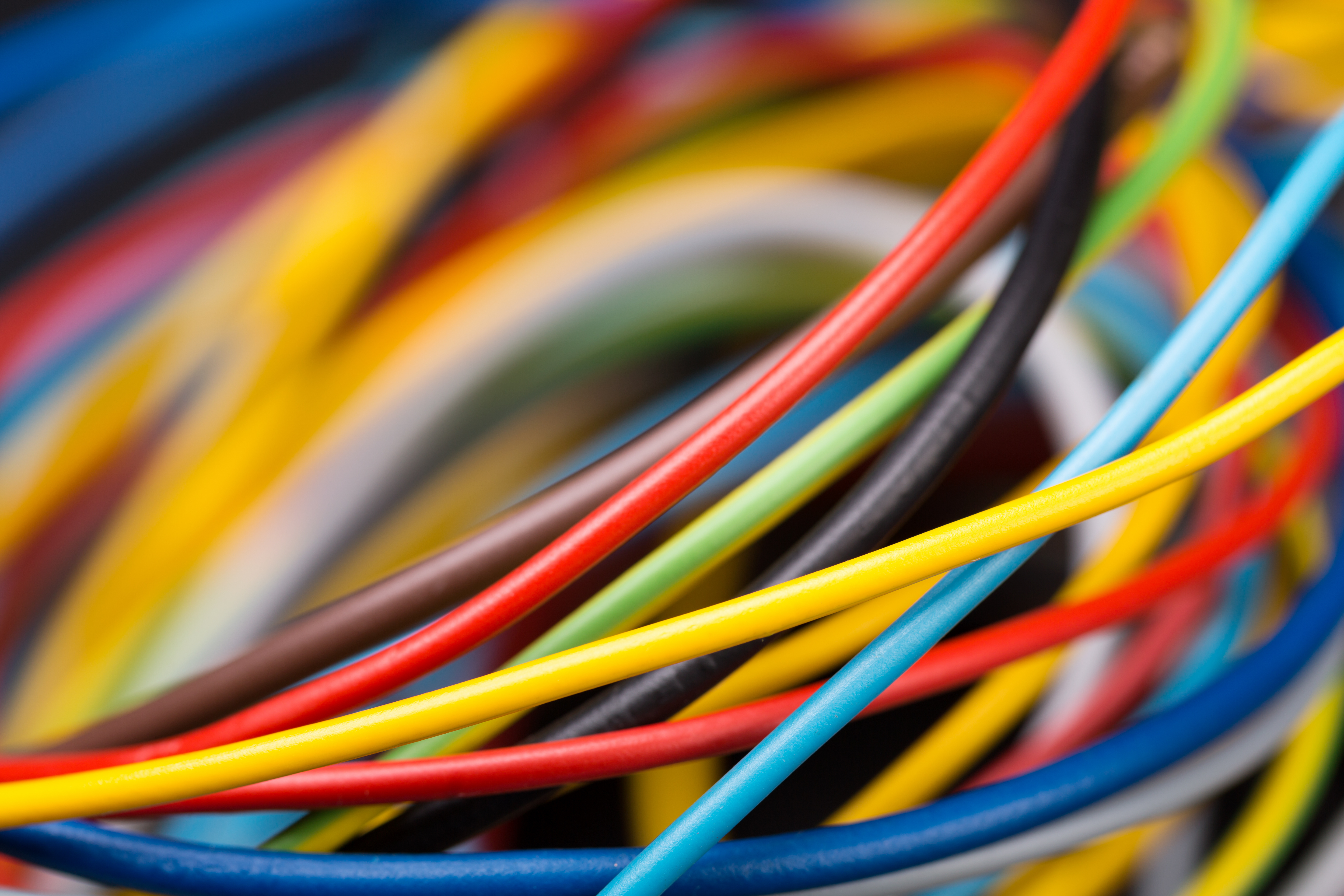Think of the last time you connected with someone. Perhaps it was via a text message, or a Skype call, or a visit to their home some distance away. In each case, copper was part of the process that enabled the connection.
Throughout the past, present, and future of both transportation and telecommunication, copper has been the common denominator that helps us to connect. Read on to find out how.
1.Copper is the puzzle piece in all modern modes of transport
Nearly all vehicles – whether they’re designed for land, air, or sea transportation – have one thing in common: copper. Not only is copper used in the manufacturing of virtually all forms of modern transportation, it’s also the reason that today we have faster, safer and more reliable ways of travelling than ever before. From electrical motors and wiring, to steering systems and avionics, alloys made from highly conductive, strong and durable copper are usually the first choice in vehicle manufacturing.
We can also thank ultra-strong copper alloys for saving on space and weight in modern vehicles which, in turn, lowers operating costs and improves fuel efficiency across air, land, and sea.
Air
Modern aircraft are generally under pressure to reduce weight and fuel consumption, and so rely on computer-based control systems which use copper wiring to transmit electronic signals.
Rail
The cables and conductor wires through which electricity is supplied to trains would not survive the associated wear and tear if they weren’t made of high-strength, corrosion resistant alloys like copper-magnesium.
Sea
Copper plays a vital role at sea. It’s present in crucial navigation and communications systems, and is also used to protect ships’ underwater hulls. Copper sheathing spares ships from the corrosive effects of salty seawater, and also prevents marine life from clinging on and slowing ships down. The ancient Greeks originally used plates made of lead to protect ships’ hull, but copper plates proved lighter when first pioneered in the 1700s.
The environmental benefits of fuel efficiency in air, land, and sea vehicles extends to today’s combustion vehicles, as compared to their predecessors that didn’t rely as much on copper.
2.Copper has been a driving force in the automotive industry since its dawn
Even when the first mass-produced automobile was still just a thought in Henry Ford’s head, copper was destined to become a key component. When the Model T Ford was manufactured in 1916, copper was the obvious choice of multi-purpose material for everything from spark plugs to sending control signals.
Copper is still used in cars’ braking systems, gearboxes, and carbon emission controls, and continues to drive comfort, safety and functionality-related innovations in the automobile industry. Copper is so prevalent that luxury cars may contain as many as 28 kilograms of copper, with more basic models weighing in at approximately 15 kilograms of copper. The latter equates to around a kilometre of copper wiring!
While copper’s role in the automobile industry is changing rapidly, the metal is far from falling out of favour. In fact, about three times the amount of copper required for manufacturing fossil fuel-powered cars is needed for producing electric vehicles.

3.Copper is the magic ingredient in electric vehicle manufacturing
Corrosion-resistant and highly ductile copper is a supremely good electric conductor – second only to silver. It is also far more affordable than silver, so is a natural choice of material for manufacturing the vehicles of the future. Copper is used for electric vehicles’ wiring, motors, batteries, as well as the systems that keep them charged and ready to go. The manufacturing of hybrid vehicles’ motors also requires large quantities of copper wiring.
As both traditional and newer automakers speed up the entry of affordable electric vehicles into the global market, demand for copper and other materials used in their manufacturing is increasing. According to estimates, we’ll see 43 percent growth in the market penetration of electric cars by 2035. That’s an increase of around 100 million electric cars! That translates to a 3.6 million tonne spike in demand for copper. Clearly, copper in cars is here to stay.
According to estimates, we’ll see 43 percent growth in the market penetration of electric cars by 2035. That’s an increase of around 100 million electric cars!
4.Copper began connecting people before the telephone was even invented
Today, because of copper’s high degree of conductivity, it’s the most widely used element in telecommunications. It all started in the 1820s with the invention of the telegraph, a device that used electrical wiring containing copper to transmit and receive messages over long distances. For those of us who are old enough to remember, it’s the same technology that enabled us to receive telegrams.
Then came the telephone in 1876. But Alexander Graham Bell’s initial invention did not, in fact, utilise copper wire. The very first phone lines (which connected pairs of telephones, enabling two people who owned telephones to talk to one another only) were single grounded wires made of iron or steel. Although some were galvanised for corrosion resistance, corrosion was still a problem.
Noise in the lines was an even bigger problem. The advantages of using copper conducting wire were known, but the technology to make copper wire that was strong enough for overhead use did not exist. After an American named Thomas Doolittle developed a procedure for making hard drawn copper wire in 1877, copper took over the telephone wire market. By 1885, copper had demonstrated its reliability in long distance telephone lines, and soon hard drawn copper wire was being widely produced to keep up with the demand for telephone wires. From there, hard drawn copper wire’s uses were expanded throughout electrical industries.
5.Copper’s evolution from faxes to fibre is a symbol of its future
When faxes took the telecommunications industry by storm in the 1980s, it made demand for copper soar again, as residences and businesses began installing second telephone lines for their fax machines.
A decade or so later, the Internet created even more demand for additional telephone lines, keeping copper in vogue. The advent of wireless and satellite communications – along with the boom in optical fibre use – have affected demand for copper, but it still has an important role to play in keeping the world connected.
Upgrading old-school analogue voice telephony systems to digital requires copper wire and alloy products in the telephones and base stations that facilitate wireless communications. Copper is used in many of the interface devices linked to optical fibre systems. It’s made an appearance in up-and-coming technologies too, including ADSL (Asymmetrical Digital Subscriber Lines) and HDSL (High Digital Subscriber Line) which have the advantage of improving the capacity of existing copper wire to optical fibre without the unnecessary costs involved in switching systems. In short, you’ll find copper in some shape or form in all the newest communications technologies.
Copper will continue to connect us
Copper has shown remarkable versatility in adapting to earth-shaking changes in transportation and telecommunications. It’s puzzling to think that the same material that was integral to the first automobile for the general market is even more indispensable in manufacturing the electric vehicles of the future, and that both the earliest and latest long distance communication devices use the same metal for their components!
But, then, copper cannot be easily pigeonholed. Its strength and ductility is matched only by its conductivity. And, as we go headfirst into the future, its versatility will be matched only by its longevity.
See also: Five things you didn’t know about copper and green tech























